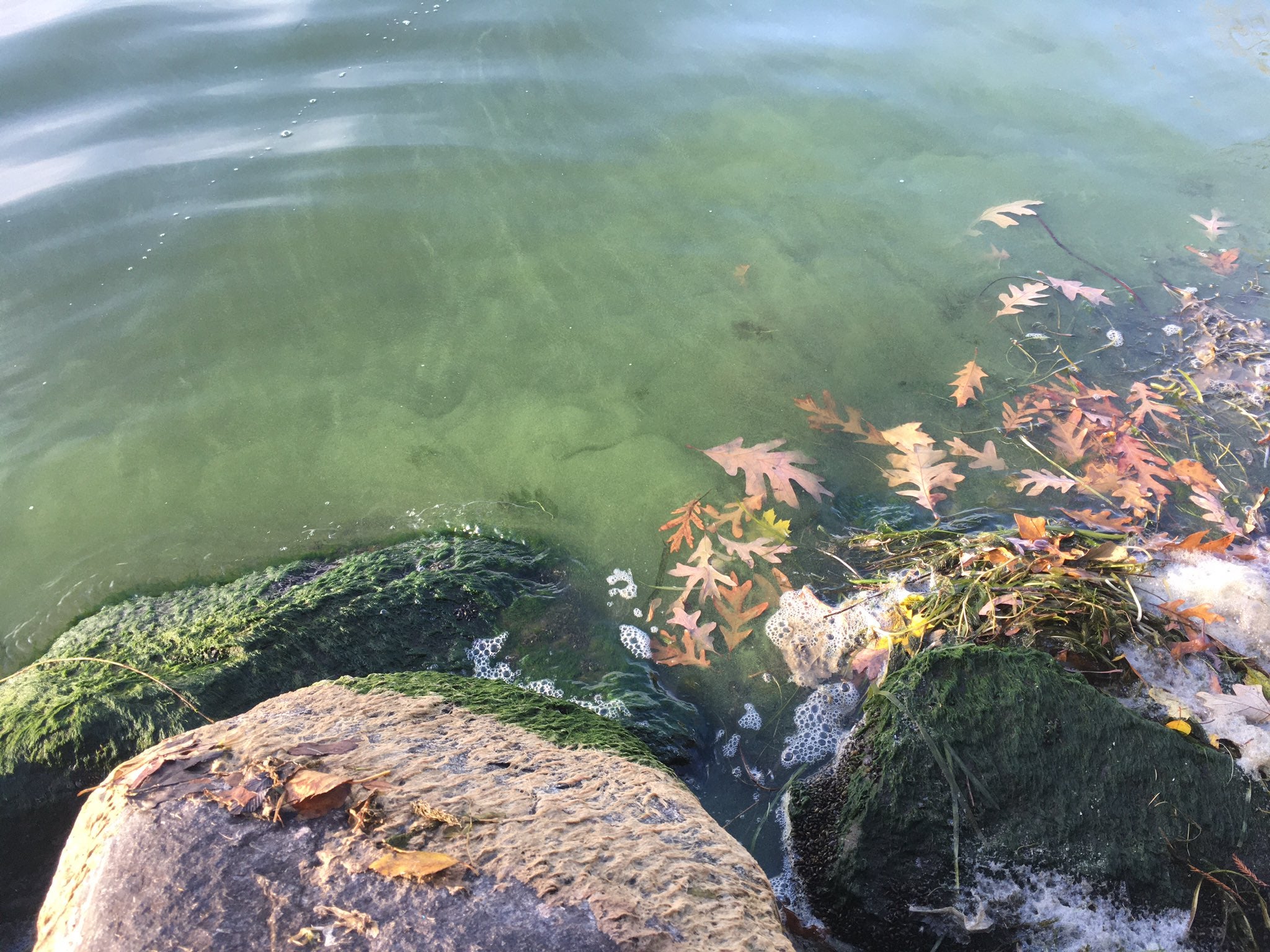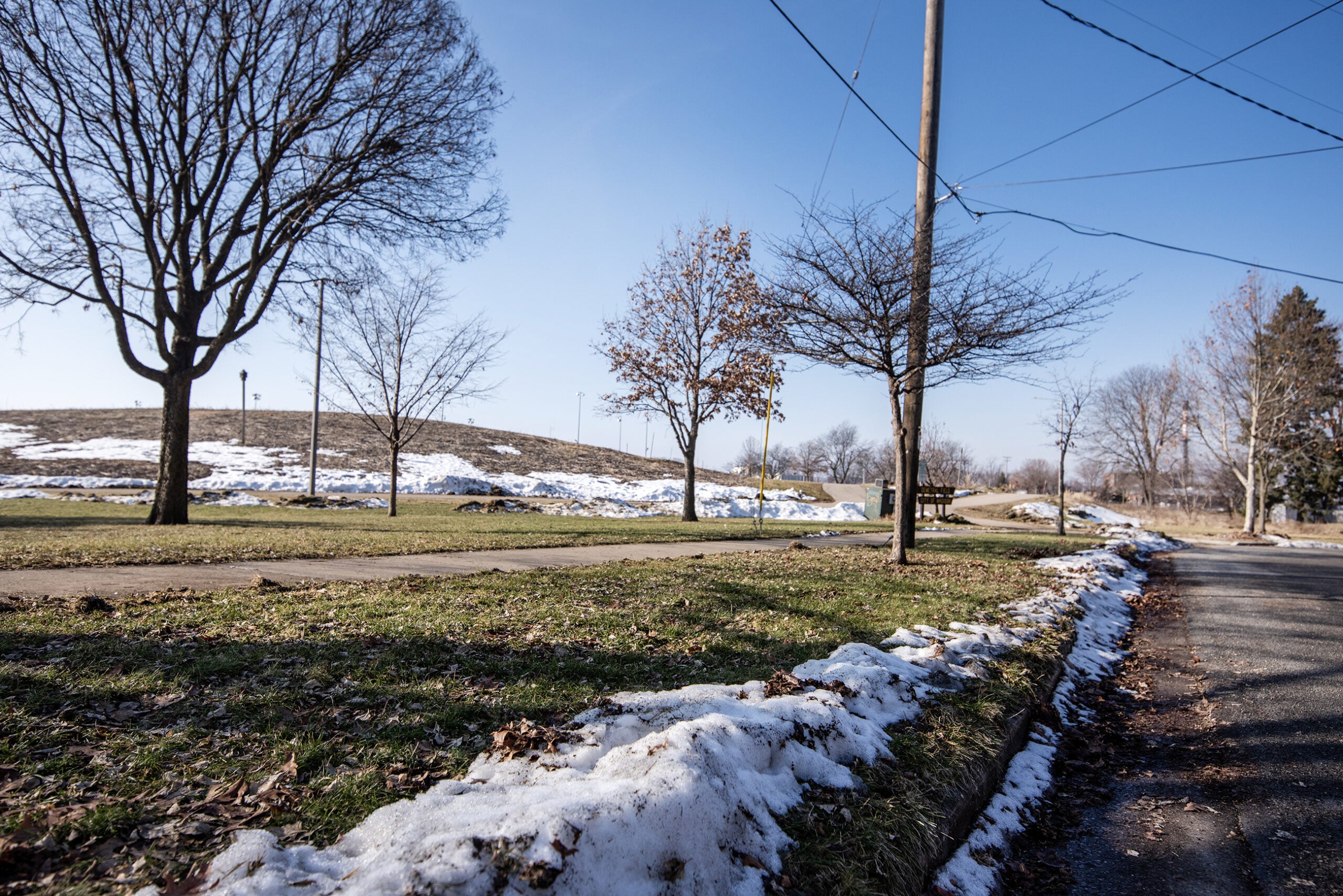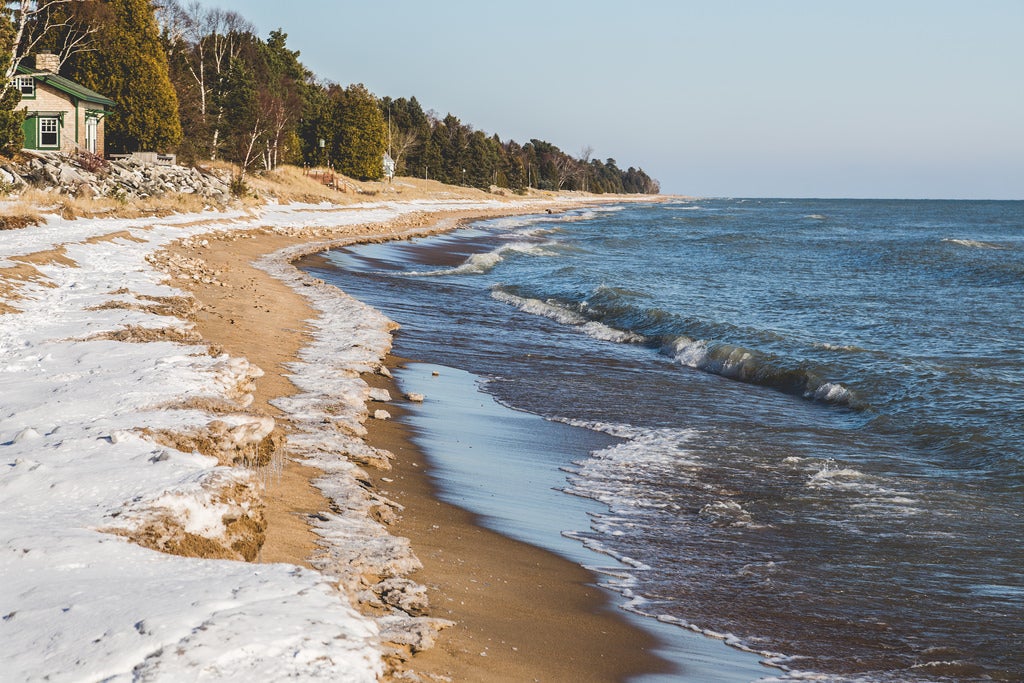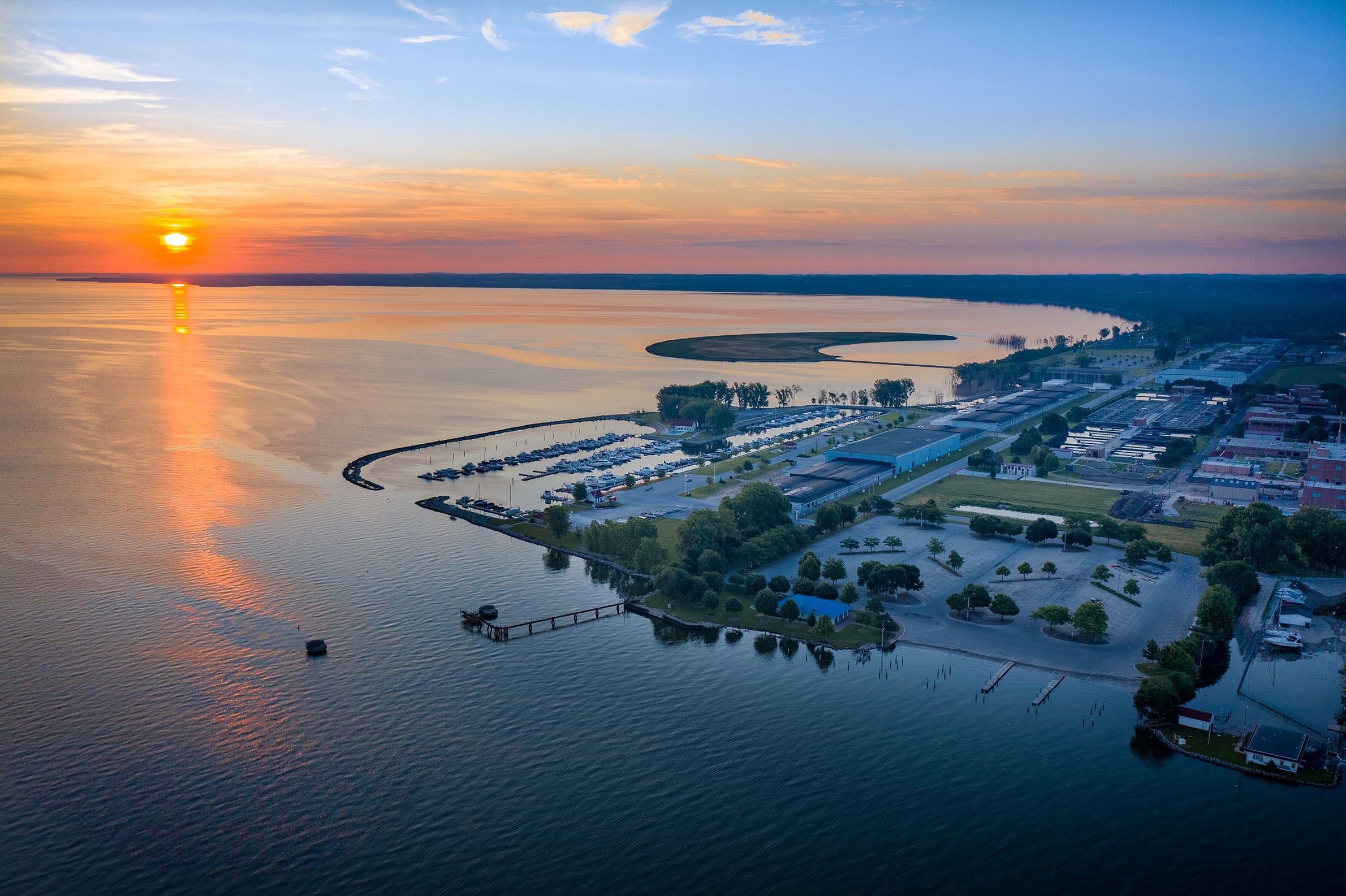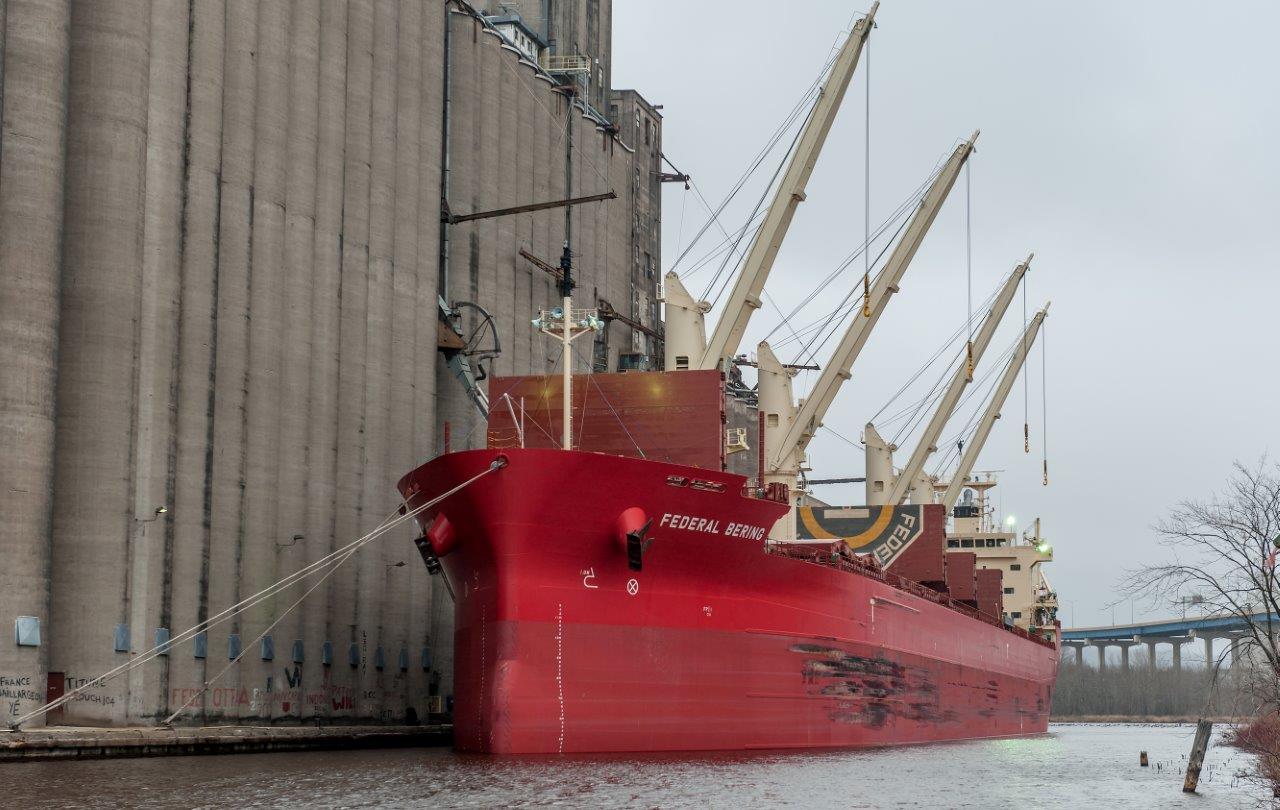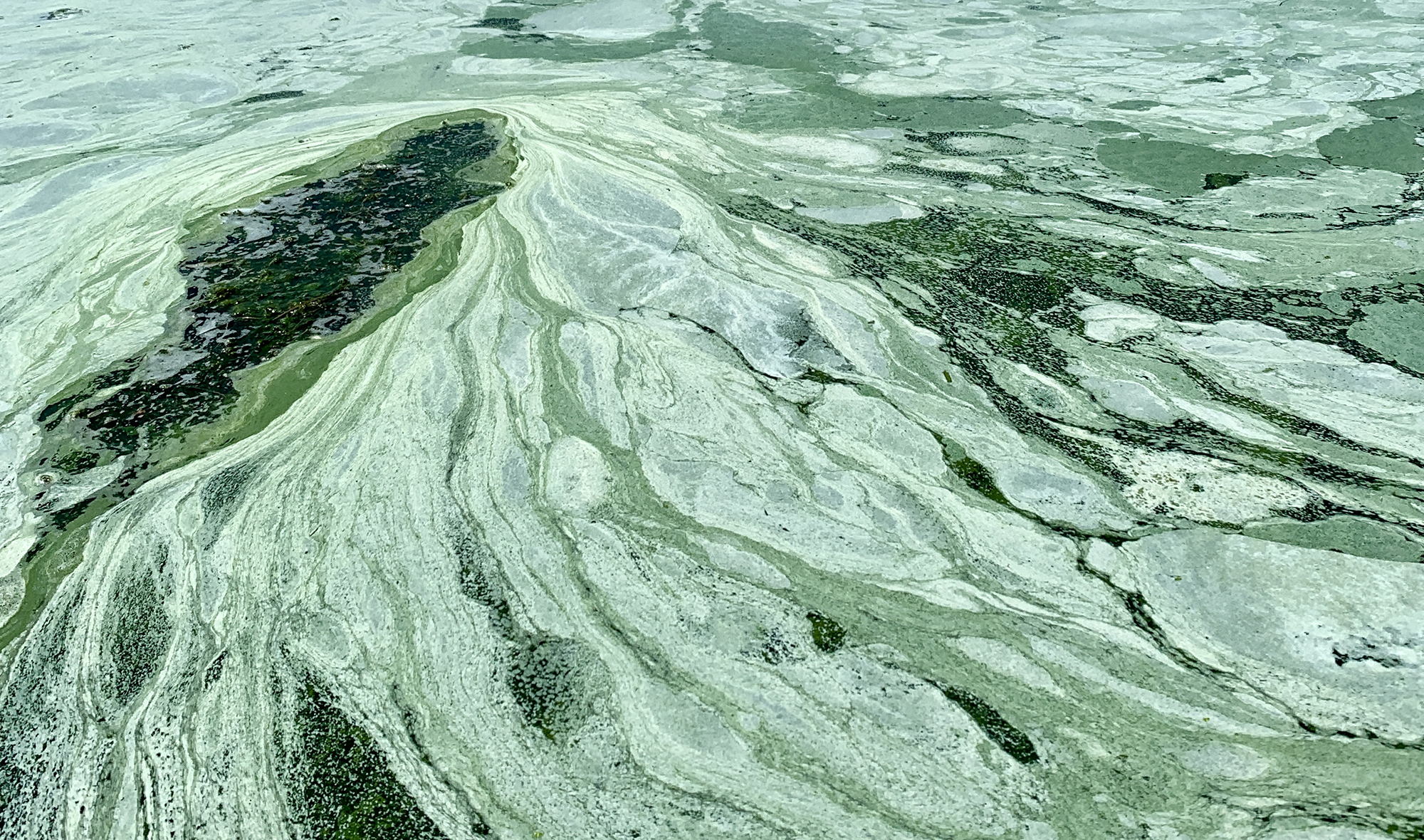High temperatures in Wisconsin are leading to blooms of blue-green algae in some lakes.
According to the National Weather Service, Madison hit a record-high temperature for Nov. 5 of 72 degrees this past Thursday.
It’s not unusual to see blooms in the fall, said Emily Stanley, a professor at the University of Wisconsin-Madison Center for Limnology and Department of Integrative Biology, but rising temperatures could make them more frequent later in the year.
Stay informed on the latest news
Sign up for WPR’s email newsletter.
Last week’s warm weather has created perfect conditions for a bloom in Lake Monona, she said. Blue-green algae has also been spotted in Lake Winnebago.
“This is what we’re going to get as the climate gets warmer. Blooms will happen for a longer period of time into the fall,” Stanley said.
Blue-green algae blooms, also known as cyanobacteria, are caused by excess nutrients in the water, and thrive on warm days with calm conditions.
According to the state Department of Natural Resources, cyanobacteria can produce toxins that can be harmful if they are absorbed through the skin, inhaled through the air or swallowed.
Pet owners should be extra careful with where they let their animals go swimming, said Stanley.
“You always want to be cautious because there’s always the potential that you might have toxin formation and this is the thing that is problematic if you have pets that go in for a dip,” she said.
Wisconsin Public Radio, © Copyright 2024, Board of Regents of the University of Wisconsin System and Wisconsin Educational Communications Board.

